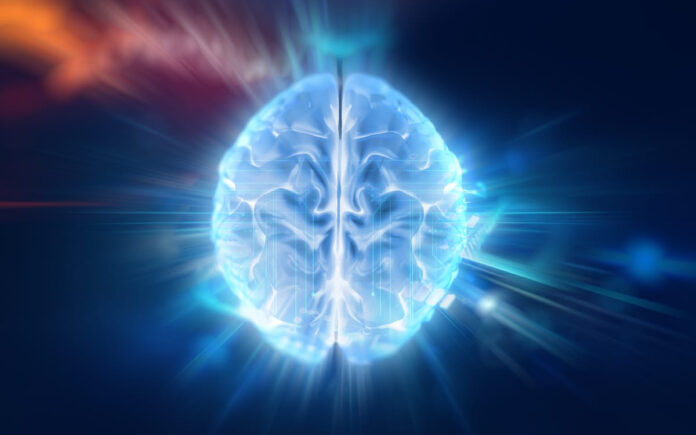Washington: Consciousness—our ability to perceive, feel, imagine, and be aware—is fundamental to human existence. Yet for decades, scientists and clinicians have struggled to pinpoint exactly where in the brain this enigmatic state arises. A groundbreaking international study now offers new insight into the neural origins of consciousness, challenging long-held theories.
Involving 256 participants across 12 laboratories in the United States, Europe, and China, researchers analyzed brain activity using a combination of electrical, magnetic, and blood-flow measurements. Participants were shown images of human faces and various objects, while scientists monitored how different regions of the brain responded.
Surprisingly, the study found that consciousness may not reside in the brain’s frontal areas—long considered the seat of higher-level thinking and intelligence—but instead appears to emerge in the posterior regions, responsible for processing sensory input like vision and sound.
“Why is any of this important?” asked neuroscientist Christof Koch of the Allen Institute in Seattle, one of the study’s lead authors. “If we want to understand the substrate of consciousness, who has it—adults, pre-linguistic children, a second trimester fetus, a dog, a mouse, a squid, a raven, a fly—we need to identify the underlying mechanisms in the brain, both for conceptual reasons as well as for clinical ones,” Koch said.
As the study probed the roots of conscious experience, it directly tested two major scientific theories. The Global Neuronal Workspace Theory suggests that consciousness originates in the brain’s frontal cortex and is broadly distributed. In contrast, the Integrated Information Theory argues that consciousness arises from the complex interaction and integration of information across the brain.
However, the new findings challenge both models. Koch explained that while the frontal lobes are integral to intelligence and decision-making, they do not appear to play a primary role in conscious visual perception. “Either information pertaining to the conscious experience couldn’t be found in the front or it was far weaker than in the back,” he noted, pointing to stronger evidence for the posterior cortex as the hub of conscious experience.
“Consciousness is the way it feels like to see a drawing of a toaster or Jill’s face. Consciousness is not the same as the behavior associated with this feeling, for example pushing a button or saying, ‘I see Jill,’” Koch said.
Yet, the study also found that the back of the brain did not produce long-lasting connections consistent with the Integrated Information Theory’s requirements for sustained conscious experience.
Also Read | Trump Removes National Security Adviser Waltz, Appoints Rubio as Interim Replacement
Beyond academic interest, this research holds significant implications for clinical practice. Understanding how consciousness arises could enhance diagnosis and treatment of patients in comas or with conditions like unresponsive wakefulness syndrome. These are individuals who may appear unconscious but are in fact aware—experiencing what is known as “covert consciousness.”
“If the patient remains in this unresponsive state for longer than a few days without signs of recovery, the clinical team initiates discussion with the family around, ‘Is this what they would have wanted?’” Koch said. He pointed out that 70% to 90% of such patients ultimately die after withdrawal of life support.
“However, we now know that around a quarter of patients in either coma or vegetative state/unresponsive wakefulness syndrome are conscious—covert consciousness—yet are unable to signal this at the bedside,” Koch said, referencing research published in the New England Journal of Medicine. “Knowing about the footprints of consciousness in the brain will let us better detect this covert form of ‘being there’ without being able to signal.”



